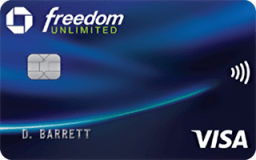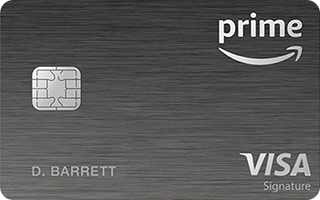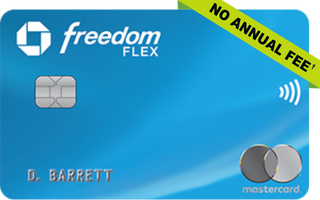Both the Amazon Prime Rewards Visa Signature Card and the Chase Freedom Flex® Card are designed to reward your spending with cash back, but they cater to different shopping preferences. If you're a frequent Amazon or Whole Foods shopper, the Amazon Prime Rewards Card, a co-branded option, is the clear winner with its high unlimited 5% cash back in these categories.
However, the Freedom Flex may offer diverse cash back rewards across multiple categories, appealing to those who spread their spending across various merchants.















